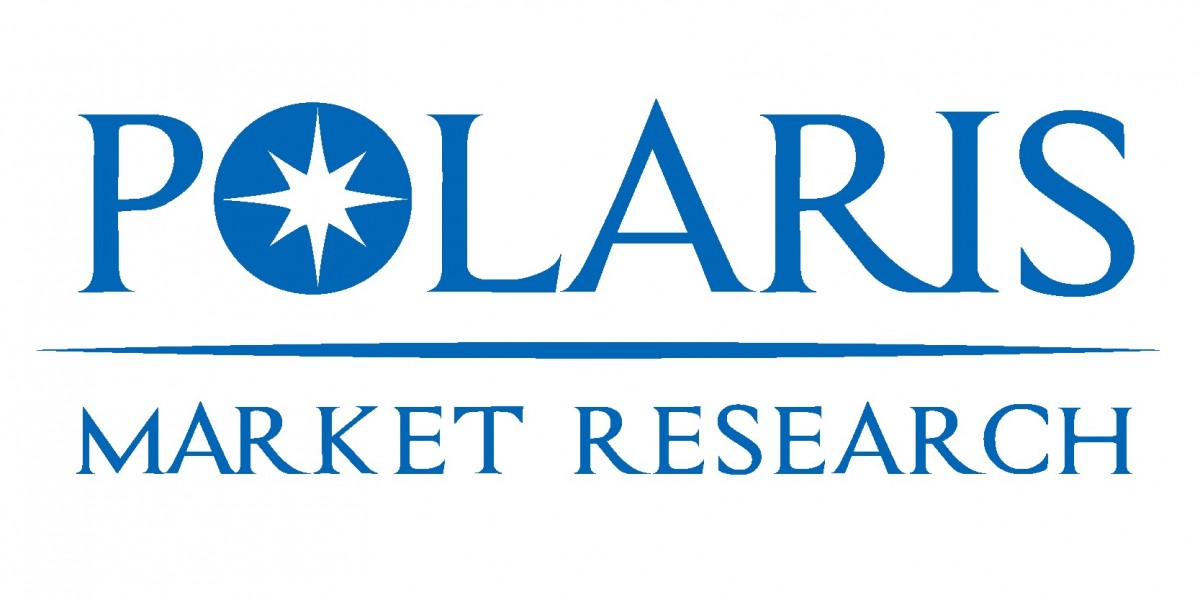Global Remittance Market 2025: Trends, Growth, Technology Integration, and Key Insights for the Future of International Money Transfers
The global remittance market in 2025 remains a vital component of international financial ecosystems, continuing to serve as a lifeline for millions of families across low- and middle-income countries. Remittance refers to the money sent by individuals, typically migrant workers, from one country to another, often back to their home countries to support their families. These cross-border money transfers significantly contribute to household income, education, healthcare, and economic development in recipient regions. According to the latest data from the World Bank, global remittances are projected to exceed 795.51 (USD Billion) in 2024, reflecting the strong reliance on foreign income amid global economic shifts. The surge in digital transformation, increasing smartphone penetration, and the expansion of financial services in remote and underserved areas are reshaping the remittance landscape. Traditional banking channels are rapidly giving way to fintech-powered platforms that offer faster, more secure, and cost-effective solutions. In 2025, the remittance market is no longer just about money transfer—it's about digital financial inclusion, convenience, and empowerment for millions of users across the globe.
One of the most influential factors driving the growth of the remittance market is the increasing volume of global migration. With over 280 million international migrants worldwide, the demand for efficient and reliable money transfer services is at an all-time high. Migrant workers consistently send money to their families back home for basic living expenses, education, and emergencies, making remittances a steady source of income in many developing countries. The advent of mobile technology has revolutionized how remittances are sent and received, shifting from traditional brick-and-mortar service providers to digital-first platforms. Mobile wallets, online remittance apps, and API-based transfer systems are now leading the charge, significantly reducing transaction times and service fees. Platforms such as Wise (formerly TransferWise), Remitly, WorldRemit, Xoom by PayPal, and Revolut have introduced transparent pricing models and user-friendly interfaces that appeal to younger and tech-savvy migrants, disrupting the dominance once held by legacy players like Western Union, MoneyGram, and Ria Money Transfer.
Get An Exclusive Sample of the Research Report at- https://www.marketresearchfuture.com/sample_request/5809
The remittance market has also become highly segmented, catering to diverse user needs based on geography, transfer channel, and recipient demographics. Inward remittances, which are funds received in the home country, account for a larger market share compared to outward remittances. These inward flows are especially critical for countries like India, the Philippines, Mexico, Egypt, and Nigeria, which rank among the top remittance-receiving nations in the world. In terms of channels, mobile money and digital transfers are rapidly gaining preference over traditional methods such as bank wires and money transfer agents. This shift is driven by the demand for faster and more affordable transactions, as well as the growing trust in digital platforms. The market serves various user segments including migrant laborers, international students, business professionals, and refugees, each with specific needs in terms of speed, reliability, security, and cost-effectiveness.
Technological innovation is playing a transformative role in the evolution of the remittance market. Artificial Intelligence (AI), blockchain technology, and cloud-based infrastructures are enhancing security, transparency, and customer experience. Blockchain, in particular, is being explored for its potential to eliminate intermediaries and offer near-instant, low-cost cross-border transactions. Companies like Ripple and Stellar are leading the way by enabling blockchain-powered remittance corridors in regions such as Southeast Asia, Latin America, and Africa. Meanwhile, open banking and real-time payment APIs are being used to link bank accounts with digital wallets, ensuring seamless money movement across borders. As financial technology becomes more advanced, regulatory compliance such as Know Your Customer (KYC) and Anti-Money Laundering (AML) standards are also being enforced with digital tools, making transactions not just faster but safer and legally sound.
The remittance market’s recent developments underscore the importance of strategic partnerships and regulatory modernization. Traditional players are collaborating with fintech startups to upgrade their services, reduce operational costs, and improve reach. For instance, Western Union has partnered with digital wallets and telecom operators across Africa and South Asia to facilitate mobile remittance transfers. Several fintech companies have also expanded into underserved regions, providing localized services that account for language, cultural, and legal nuances. Central banks in countries like India, Ghana, and Nigeria are exploring or implementing Central Bank Digital Currencies (CBDCs) to improve the efficiency of remittance inflows and reduce dependency on costly intermediaries. In response to global crises such as conflicts, pandemics, and natural disasters, humanitarian remittance channels have been strengthened, enabling real-time fund delivery to affected populations.
Regionally, the Asia-Pacific region continues to dominate the global remittance landscape, with India, China, the Philippines, and Bangladesh receiving the bulk of remittance inflows. India alone is expected to receive over $100 billion in remittances in 2025, primarily from the United Arab Emirates, the United States, and Saudi Arabia. In Africa, the remittance sector is growing rapidly, particularly in Nigeria, Kenya, and Egypt, where mobile money platforms like M-Pesa have made digital transfers accessible to rural and underserved populations. Latin America, with Mexico as a leading recipient, is seeing increased remittances due to migration from Central America to the United States. In Europe, countries such as Ukraine, Romania, and Poland rely heavily on remittances from workers in Western Europe. The Middle East serves as both a major source and receiver of remittances, particularly in the Gulf Cooperation Council (GCC) countries. North America, especially the U.S., remains the largest sender of remittances globally, reflecting its large immigrant population and advanced financial infrastructure.
In conclusion, the global remittance market in 2025 is being redefined by digital innovation, financial inclusion, and evolving consumer expectations. As technology bridges the gap between developed and developing economies, remittances are no longer limited to being financial transactions—they are enablers of social progress, education, healthcare, and economic stability. With continued investments in digital infrastructure, supportive regulations, and user-centric services, the remittance market is poised for even greater expansion in the years ahead, providing secure, affordable, and accessible financial solutions to millions around the world.
Browse Full Report Details: https://www.marketresearchfuture.com/reports/remittance-market-11999
About Market Research Future:
At Market Research Future (MRFR), we enable our customers to unravel the complexity of various industries through our Cooked Research Report (CRR), Half-Cooked Research Reports (HCRR), Raw Research Reports (3R), Continuous-Feed Research (CFR), and Market Research & Consulting Services.
MRFR team have supreme objective to provide the optimum quality market research and intelligence services to our clients. Our market research studies by products, services, technologies, applications, end users, and market players for global, regional, and country level market segments, enable our clients to see more, know more, and do more, which help to answer all their most important questions.
Contact Us:
Market Research Future (Part of Wantstats Research and Media Private Limited)
99 Hudson Street, 5Th Floor
New York, NY 10013
United States of America
+1 628 258 0071 (US)
+44 2035 002 764 (UK)
Email: sales@marketresearchfuture.com







